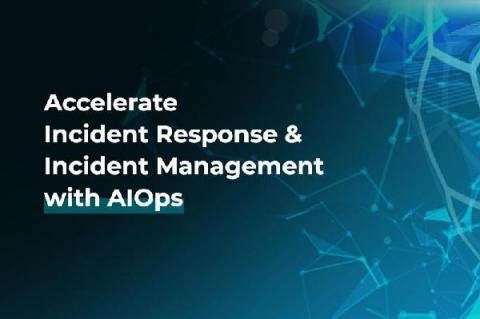What is an Incident Response Plan and How to Create One?
Regardless of size, every company could experience a cybersecurity incident one day. Security incidents can occur in companies, public institutions, schools, etc. Cybersecurity incident actions are similar to actions to be taken in response to a security incident, for example in a school. It is an inevitable reality that your network may be exposed to an incident threat.








